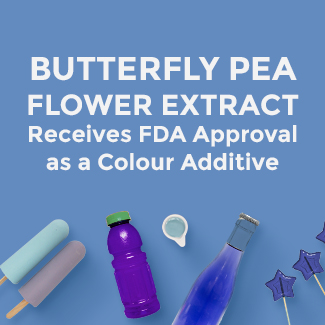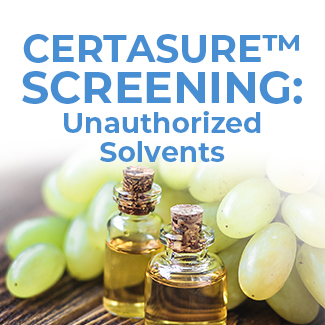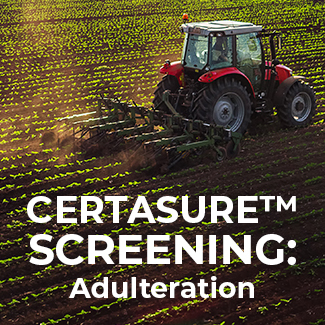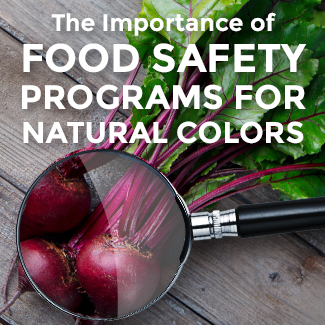Certasure™ Screening: Microbiological
The Importance of Microbiological Testing of Botanical Ingredients According to the Centers for Disease Control and Prevention, one in six Americans gets sick from contaminated food every year. Safety and quality are undeniably critical concerns for the food, beverage, and pet industry to minimize and prevent recalls and negative consumer impacts like illness. In order to ensure that natural food colours are never at the center of an illness or recall, one of Sensient’s robust screening protocols in our integrated food safety Certasure™ program solely focuses on Microbiological Screening. This process has two goals; product safety and product quality. To guarantee both, the process screens for pathogens, toxins, and spoilage organisms that pose higher risks in farm-grown botanically sourced ingredients than chemically synthesized certified FD&C colours. This blog is part of an ongoing series examining each of the five Certasure™ screening protocols. For more information on the other testing protocols, choose one of the following:THE MICROBIOLOGICAL SCREENING PROCESS
WHY IS THIS IMPORTANT?
The screening process is based on what can microbiologically grow on the raw botanical materials used for natural colour solutions. Raw materials include botanical colour sources as well as natural raw incidental ingredients like starches and gums. Given these ingredients all stem from botanicals in nature, greater testing is required since there are higher risk factors. Therefore, we conduct the following:
HOW DO WE DECIDE SCREENINGS?
We base our risk assessment on a variety of factors:
WHAT DO WE TEST FOR?
At Sensient, we test in-house, but also request micro testing from all of our vendors. Because testing should already have been completed and passed, we should never see a failure at our facility, but we double check when each shipment arrives. The industry standard for microbiological testing includes screening for the following substances:FAILURES
If a raw botanical material does fail, Sensient rejects the batch and sends the shipment back to the vendor.
Common ingredients that fail include:




All failures are returned to the respective vendors.
The Certasure™ Promise
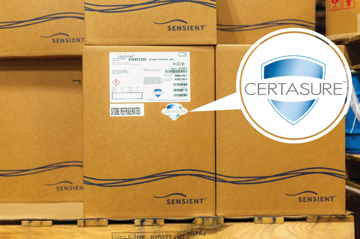 The Certasure™ shield on Sensient natural food colour shipments and samples is symbolic of peace of mind—rest easy, because we are protecting your products and brand from microbiological contamination and safety-related recalls. We hope stringent testing becomes the industry norm, and we’re happy to answer any questions you may have about the quality and safety of colours from natural botanicals—just schedule a consultation with one of our experts.
The Certasure™ shield on Sensient natural food colour shipments and samples is symbolic of peace of mind—rest easy, because we are protecting your products and brand from microbiological contamination and safety-related recalls. We hope stringent testing becomes the industry norm, and we’re happy to answer any questions you may have about the quality and safety of colours from natural botanicals—just schedule a consultation with one of our experts.
If you’re interested in trialing the industry’s safest and most authentic natural colour solutions, request a sample from our rainbow.






























